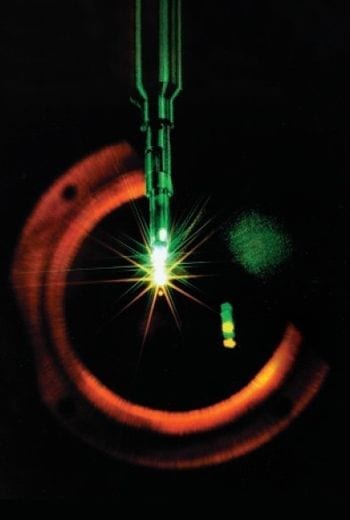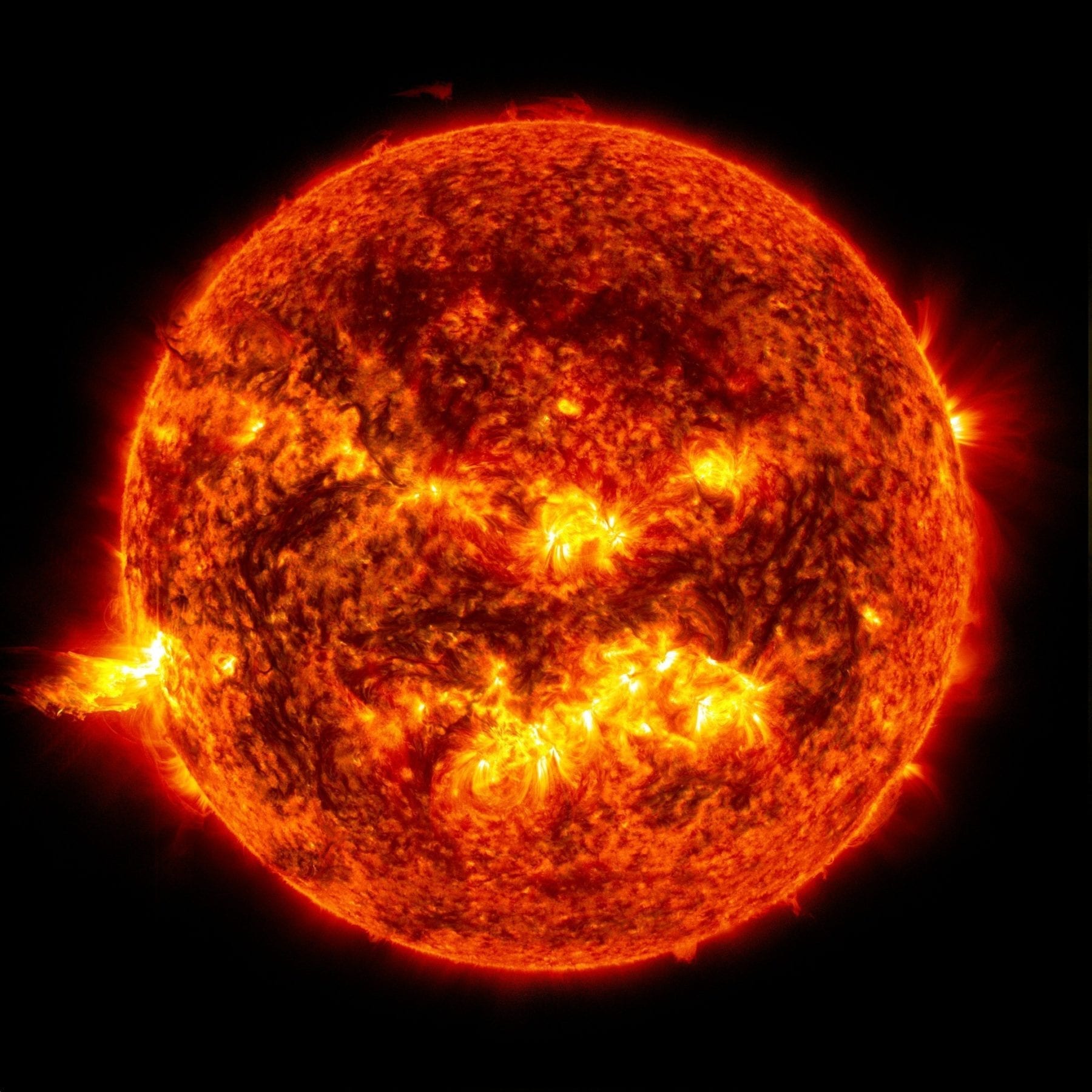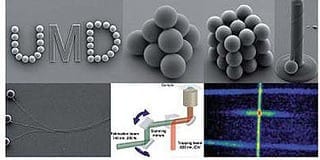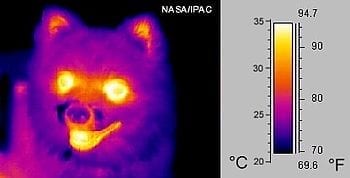
Machinery of an Energy Dream
Fusion, the process that powers the sun, is the forever dream of energy scientists — safe, nonpolluting and almost boundless. Even here at Lawrence Livermore National Laboratory, where the primary focus of fusion work involves nuclear weapons, many scientists talk poetically about how it could end the world’s addiction to fossil fuels.
“It’s the dream of the future, solving energy,” said Stephen E. Bodner, a retired physicist who worked on fusion at Livermore in the 1960s and ’70s, recalling that the military focus was basically a cover story, a way to keep government money flowing to the lab for energy research.
“Everyone was winking,” he said. “Everyone knew better.”
The basic concept behind fusion is simple: Squeeze hydrogen atoms hard enough and they fuse together in helium. A helium atom weighs slightly less than the original hydrogen atoms, and by Einstein’s equation E = mc2, that liberated bit of mass turns into energy. Hydrogen is so abundant that unlike fossil fuels or fissionable material like uranium, it will never run out.
But controlled fusion is still a dream, avidly pursued and perpetually out of reach. Scientists have never figured out a way to keep a fusion reaction going long enough to generate usable energy. The running joke is that “fusion is 30 years in the future — and always will be.”
Now, however, scientists here have given the world some hopeful progress. Last month, a team headed by Omar A. Hurricane announced that it had used Livermore’s giant lasers to fuse hydrogen atoms and produce flashes of energy, like miniature hydrogen bombs. The amount of energy produced was tiny — the equivalent of what a 60-watt light bulb consumes in five minutes. But that was five times the output of attempts a couple of years ago.
When a physicist named Hurricane generates significant bursts of fusion energy with 192 mega-lasers, the Twitterverse revels in the comic book possibilities.
“Wasn’t he in X-Men?” one person tweeted.
“Awesome science story, but there’s a zero percent chance that a fusion laser scientist named Dr. Hurricane isn’t a supervillain,” another chimed in.
Actually, Dr. Hurricane, 45, is more Clark Kent than superhero. Instead of saving the world, his ambition is to explore the scientific puzzle in front of him.
He said it was too early to speculate about future laser-fusion power plants, and tried to deflect credit to the more than 20 scientists on the team. “I don’t want it to be about me or my funny name,” he said.
The Latest on: Fusion power
[google_news title=”” keyword=”Fusion power” num_posts=”10″ blurb_length=”0″ show_thumb=”left”]
via Google News
The Latest on: Fusion power
- UK seeks industry partners for fusion power planton May 8, 2024 at 11:21 pm
The government has launched a competition to find industry partners for the UK's prototype fusion energy plant ...
- Taxpayers to fund fast-tracked nuclear fusion reactorson May 8, 2024 at 8:59 am
Pioneering nuclear fusion power plants are to be fast tracked through the planning process and supported with taxpayer money as Britain attempts to become a world leader in the technology. Under new ...
- National Fusion Facility Completes Upgradeon May 8, 2024 at 8:01 am
Enhancements will enable research into the physics of advanced fusion reactors and accelerate the drive to commercial fusion energy. The DIII-D National ...
- DIII-D National Fusion Facility Completes Upgradeon May 8, 2024 at 3:30 am
FPPs and future power plants will require much more powerful systems to create and drive the fusion reaction. The new, more efficient systems added to DIII-D will allow researchers to access plasma ...
- Researchers use superconducting material to make clean fusion energy breakthrough: 'Virtually limitless power production'on May 7, 2024 at 8:52 pm
Scientists at the MIT Plasma Science and Fusion Center reached what university press described as a "major milestone" in the realm of fusion power plants. The breakthrough could "usher in an era of ...
- An 'artificial sun' achieved a record-breaking fusion experiment, bringing us closer to clean, limitless energyon May 6, 2024 at 4:26 pm
WEST, a fusion reactor in France, broke a record for tungsten tokamaks with a 6-minute plasma. It's an important step toward clean, limitless energy.
- New Fusion Record Achieved in Tungsten-Encased Reactoron May 6, 2024 at 11:51 am
A fusion device ensconced in highly durable tungsten sustained a more energetic, denser plasma than previously recorded.
- Fusion record set for tungsten tokamak WESTon May 6, 2024 at 8:01 am
Princeton Plasma Physics Laboratory (PPPL) measured a new record for a fusion device internally clad in tungsten, the element that could be the best fit for the commercial-scale machines required to ...
- Private Investment Fuels Race For Nuclear Fusion Power In USon May 5, 2024 at 10:07 pm
Spurred on by major technological advances and huge private investment, the United States' nuclear fusion sector could be producing electricity within ten years, industry players say.
- Two seconds of hope for fusion poweron May 3, 2024 at 9:11 am
Using nuclear fusion, the process that powers the stars, to produce electricity on Earth has famously been 30 years away for more than 70 years. But now, a breakthrough experiment done at the DIII-D ...
via Bing News










